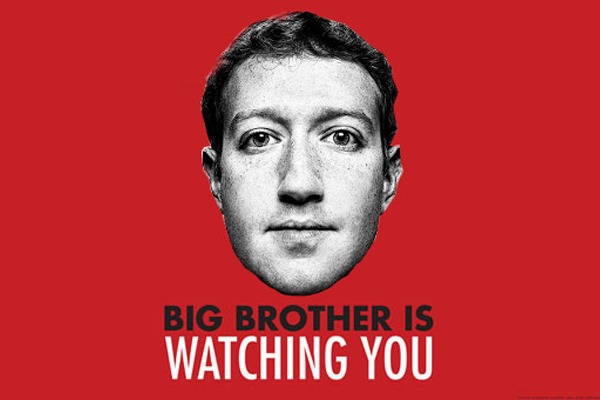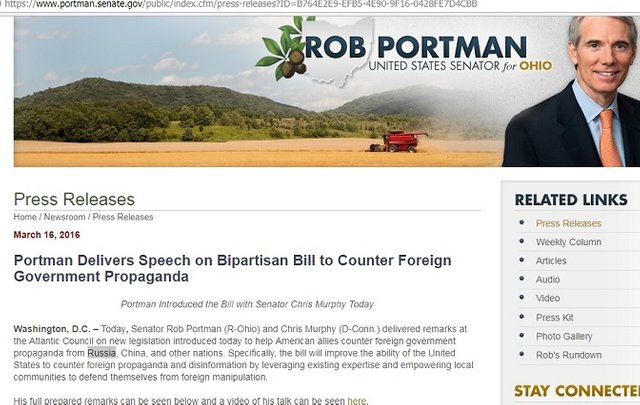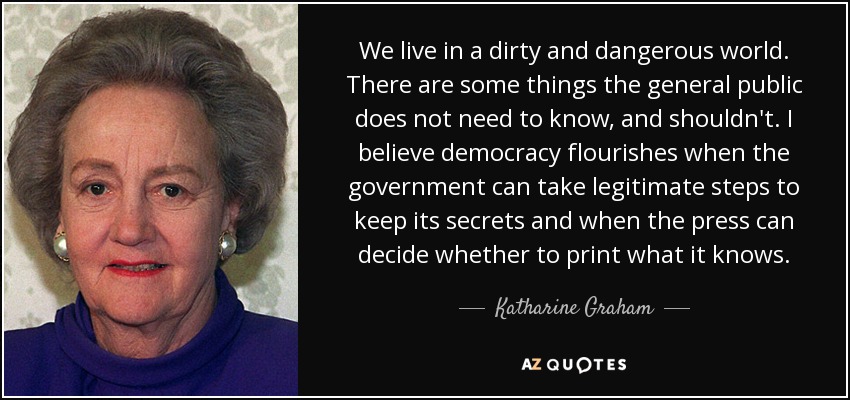A Timeline for the Massive Crackdown on Internet Free Speech (part 1)

Homerus,
18 February, 2019
This is how censorship takes place in Western societies: the appearance of freedom and individual liberty must be maintained. But at the same time, the rabble needs to be kept in line, which is becoming harder as traditional media lose its grip on world audiences.
Whether
it comes from dictatorships, authoritarian states or a mixture of
corporate giants with the political and intelligence establishment,
the stench of censorship is identical. Whether it comes in the form
of stopping “Fake News” or as violent, old fashion state
repression, those who value truth and intellectual freedom must see
beyond the not so subtle message:
We will tell you what to think… and of course:
Before
starting a chronological review of events leading to recent surge of
internet censorship, let’s put everything in its right place:
"The only legitimate role of search engines is to provide relevant search results, to facilitate public access to information. The only legitimate role of social media platforms is to facilitate public access to communications. Content carriers have no legal nor moral authority to be self-appointed censors, nor to be self-proclaimed arbiters of Fact or Truth.” 1
In the Beginning, there was no “Fake News”
Fake
news are obviously as old as news themselves, but the term became
widely used during the 2016 U.S. presidential campaign, and even more
after Trump became President and started to use it almost on a daily
basis.
Although
its exact origin –as in who or what medium used it first to sound
the alarm during 2016- is hard to point out, we can verify that by
the end of March 2016 -here
is a customized Google News search- there
were only a few mentions on fake news, referring to them mostly as
outlandish anecdotes like the alleged case of a woman growing
potatoes in her vagina, the first head transplant, or pregnancy by
flu vaccine, etc. 1
By
the end of 2015 this started to change… according to a Washington
Postreporter:
"We launched What was Fake in May 2014 in response to what seemed, at the time, like an epidemic of urban legends and Internet pranks: light-hearted, silly things, for the most part, like new flavors of Oreos and babies with absurd names.
"Since then, those sorts of rumors and pranks haven’t slowed down, exactly, but the pace and tenor of fake news has changed. Where debunking an Internet fake once involved some research, it’s now often as simple as clicking around for an “about” or “disclaimer” page. And where a willingness to believe hoaxes once seemed to come from a place of honest ignorance or misunderstanding, that’s frequently no longer the case." 2
“Silly
things” became part of the past and the fake news issue was
starting to become more serious and shady… the WP's coverage on the
subject was about to turn a lot more serious -and shady- as well, but
first let's go back a few months...
Coincidences?
In
March 16th 2016, that's before the
Fake News hysteria, U.S. Senator Rob Portman (R) gave a speech for
the Atlantic Council* regarding a bipartisan legislation he was
working on with Senator Chris Murphy (D) where he remarked the need
to:
“…help American allies to counter foreign Russia, China, and other nations. Specifically, the bill will improve the ability of the United States to counter foreign propaganda and disinformation by leveraging existing expertise and empowering local communities to defend themselves from foreign manipulation”.

Then,
he numbered many points of focus that revolve around a
whole-of-government strategy, including the intelligence community
(of course), giving a lot of grants to
foreign journalists and think
tanks,
as well as grassroots organizations… more of the old
colonization-by-think-tanks we are already used to.
This
initiative gave birth to the Countering
Foreign Propaganda and Disinformation Act that
Obama signed into law a few months later and before leaving the White
House.
*The
Atlantic Council is
an elite think-tank whose members,
like Susan Rice, Chuck Hagel, Ann-Marie Slaughter, among many others,
had important roles in the U.S. Government foreign policy
establishment in recent years.
The Washington Post takes it to the mainstream
The
WP and the Deep
State are
long time partners in crime, perhaps in a subsequent post we can go
in-depth into the subject, but for those willing to make some
research, just take a look into the figure of Phil
and Katherine Graham,
historical owners of the WP, particularly through the book “Katherine
the Great” and
other critical, historical research.

The
“C.I.A.’s own rag” was going to become central in
the Fake News fraud and subsequent crackdown on alt-media, both left
and right, that we are witnessing today.
In
November 24th, 2016, Craig
Timberg,
national technology reporter for the Washington
Post,
released another fine example of voluntary
media manipulation by the intelligence community:
the ProporNot fiasco.
The
piece ranted about millions of Americans being deceived by (around
200) "Russian disinformation" outlets:
"The group’s list… includes WikiLeaks and the Drudge Report, as well as Clinton-critical left-wing websites such as Truthout, Black Agenda Report, Truthdig, and Naked Capitalism, as well as libertarian venues such as Antiwar.com and the Ron Paul Institute”, as reported by The Intercept.
The
“news” was shared far and wide, across the U.S. and the rest of
the world as an “earth-shattering
exposé”,
by media and journalists, apparently unaware of the article’s gross
lack of substance and
the fact that the accusations came from an anonymous “non-partisan
team of experts”, with
no further proof of their arguments but their word and supposed
credentials.
The
aims of this campaign were obvious from the beginning. As Timberg
wrote, the alleged –and still alleged today- Russian meddling
consisted in “misleading
articles online with the goal of punishing Democrat Hillary Clinton,
helping Republican Donald Trump and undermining faith in American
democracy”.
From
start, the campaign tried to explain HRC loss while obscuring the
contents of the WikiLeaks and portraying Russia as "attacking
U.S. democracy".
The
affront to journalism and basic intellectual honesty received a lot
of criticism and then -and
we can’t stress this propaganda tactic enough-after
the news were commented and shared around
the world,
the WP retracted with an Editor’s Note:

This
is typical. The damage is done, the message is out there receiving
tons of media attention, not only in the U.S. but around the world,
in newspapers and television that don’t care or don’t make space
for such retractions.
Instead,
what remains is the broader propaganda message intended in the first
place, a discourse,
in this case: Russia is meddling in American politics, fake news are
a major problem we need to address urgently and the then
elected-President Trump is sort of a Russian agent.
On
Part 2 (Monday 23rd) I’ll explain how Gov. policy and mainstream
media reporting came together to give the future crackdown on
alternative journalism the appearance of legitimacy and urgency. And
finally, how the task of censorship is delegated to social media
giants.
Older
Posts under the Propaganda and InformationWar tags:



No comments:
Post a Comment
Note: only a member of this blog may post a comment.